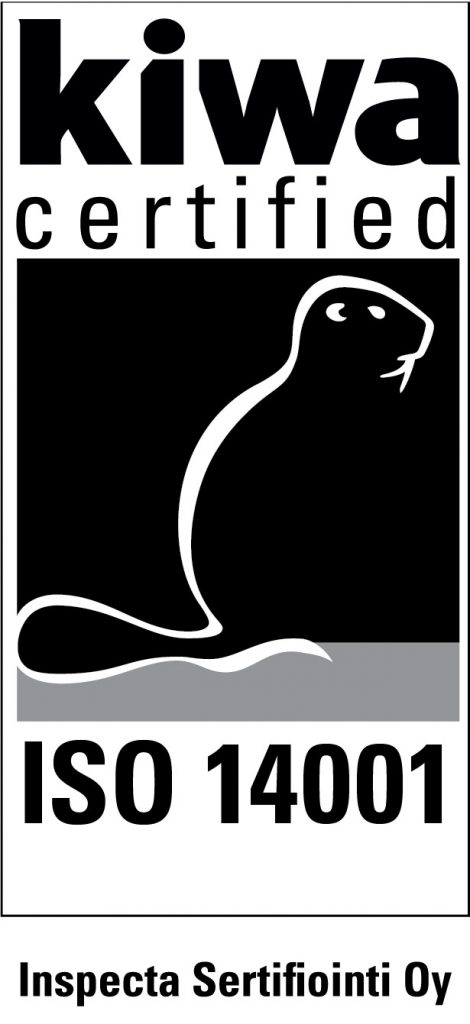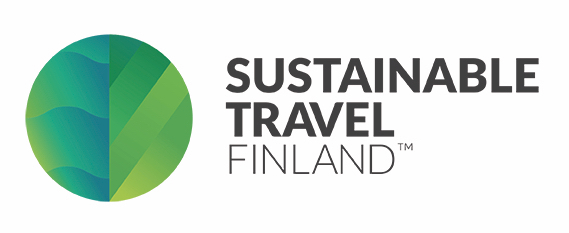Environmental certificates
Our new certificates
On 13 December 2021, the Serlachius Museums were awarded a certificate based on the ISO 14001 standard for their systematic environmental work. The environmental management certificate, one of the most internationally recognised, is held by only a few museums. We were also awarded Sustainable Travel Finland label for responsible and sustainable tourism.
Certification was preceded by nearly two years of work, during which all of the museums’ activities were reviewed from an environmental and responsibility perspective and compiled into an environmental programme. The programme now serves as a foundation for everything that takes place in museums.
A prerequisite for ISO 14001 certification is that all of the museums’ key processes and the environmental impacts of its activities have been identified and documented. In addition, a detailed plan for measures aimed at reducing the museums’ carbon footprint has been prepared. The implementation of the actions outlined in the environmental programme has been monitored by several internal and external audits and will be continued on a regular basis in the future. Businesses and organizations who have been awarded the Sustainable Travel Finland label are committed to honor and nurture Finnish nature, lifestyle and culture .
Concrete actions for the good of the environment
Minimising, sorting and recycling waste are an everyday part of all of the museums’ activities. Where possible, old structures and materials are used in the construction of exhibitions. Recycled materials are used in the packaging of works for transport and in audience workshops as well as in the mailing of online purchases, for example. Environmental themes are diversely highlighted within the museums: in exhibitions, programme services and events.
Heating energy and consumption of electricity account for up to 80% of the Serlachius Museums’ carbon footprint. As the museums’ mission is to nurture cultural heritage and preserve it for future generations, there can be no compromises over collection and exhibition conditions: heat and humidity must remain stable. There is scope, however, for selecting the form of energy used. In the heating and cooling of the museums, preparations are under way to introduce geothermal energy. In addition, many smaller solutions have been implemented to reduce energy consumption.
Responsibility is reflected in all activities
Responsibility, an integral part of the environmental programme, includes nurturing cultural heritage, which is one of the basic tasks of the Serlachius Museums. The privately funded Gösta Serlachius Fine Arts Foundation also implements responsibility in many other ways.
The Serlachius Museums’ own shuttle bus service from Tampere enables visitors without cars to reach the museums while at the same time reducing the carbon footprint of transport. Opportunities to charge electric and hybrid cars are available. The Serlachius Museums employs dozens of people and use many local services.
Auditor praises the museums’ environmental work
Lead Auditor for ISO Management system, Paula Mikkola of Kiwa Inspecta, which performed the audit, praises the staff of the Serlachius Museums for their strong commitment to the protection of nature and the environment. “In the eyes of an external auditor, this was apparent as the same kind of skill and intrinsic commitment required in museum activities – the appreciation of art and culture and the will to preserve it as a legacy for future generations.”
“I am proud and grateful that I was able to become acquainted with this distinguished cultural institution and that I contributed to ensuring that the Serlachius Museums were awarded the ISO 14001 environmental certificate,” says Mikkola.



